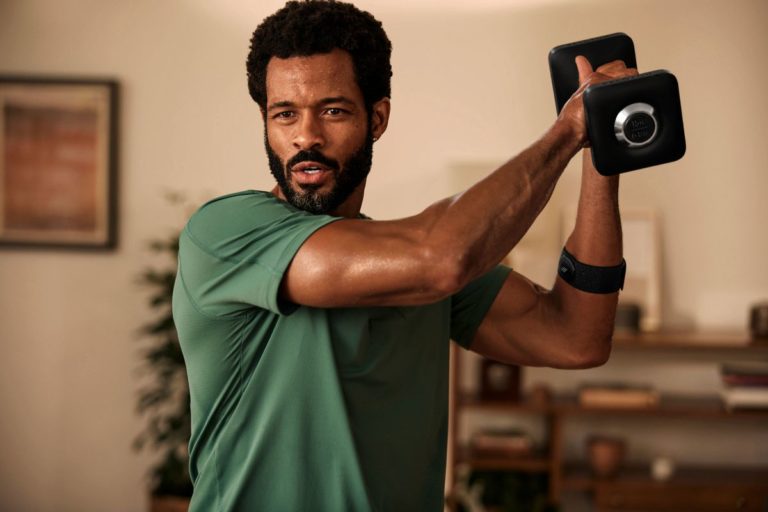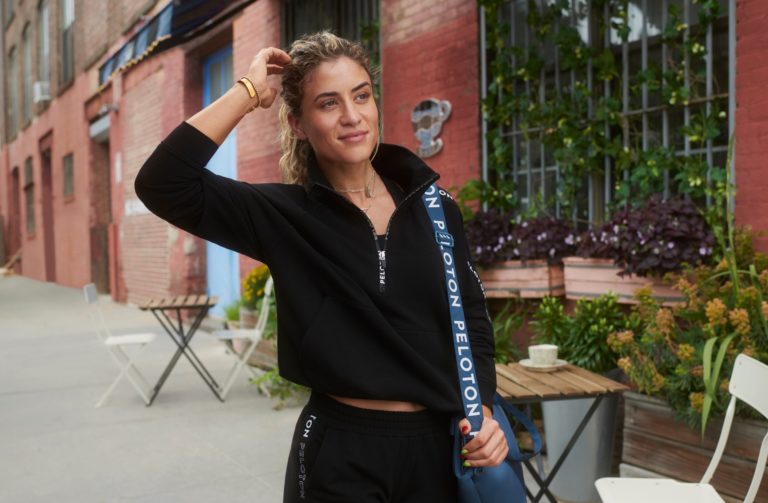This morning, Levels Health announced $12M in seed investment led by a16z, one of Silicon Valley’s top venture capital firms.
What it is: Combining a continuous glucose monitor (CGM) with intelligent software, Levels allows users to track blood glucose in real time. Beyond glucose tracking alone, the company is taking a Tesla-like approach to mainstreaming metabolic health.
By the numbers: Currently in closed beta, the company’s month-long subscription costs $399 and includes two 14-day CGM sensors, as well as access to the Levels app. About 1,000 people have completed a month-long program, with thousands more in the midst of their trial and 50K more amassed on a waitlist. Notably, revenue is growing >40% MoM.
Behind the scenes: As they head toward a full-scale consumer launch in early 2021, today, we’re breaking down the market, model, and approach that’s propelling Levels forward.
Coining Metabolic Fitness
Glucose tracking plays a critical role in the treatment of diabetes. Urine tests and finger pricking have been the status quo for years. But now, glucose monitoring is gaining wider appeal.
A key indicator of metabolic health, measuring blood sugar levels can shed light on how lifestyle choices like diet, exercise, and sleep affect your body. While activity tracking and sleep monitoring wearables like Apple Watch, Fitbit, and WHOOP have caught on, there’s no mainstream method for quantifying the effects of diet.
Flying blind, 45M Americans go on a diet each year. Using their best judgment, 59% of people say conflicting nutrition information makes them question their choices. Worse, only 12% of all Americans are actually metabolically healthy.
Aiming to reverse the trend of metabolic dysfunction, Levels quantifies the impact of dietary choices in real time. If eight hours of sleep is ideal, and 10,000 steps is a benchmark for physical activity, the company intends to show people that a flat glucose curve is optimal for long-term metabolic health.
Further, Levels is popularizing the concept of metabolic fitness, pinpointing where someone falls on the spectrum of metabolic health, as a means of proactively optimizing lifestyle choices — from diet and exercise to sleep and stress management.
Copying Elon
As we pointed out in Issue No. 86, given the scale of the obesity epidemic and the rate of chronic disease, identifying the optimal diet is a trillion-dollar opportunity.
- 42.4% of Americans are obese.
- The impact of obesity on the US economy has eclipsed $1.7T.
- 10+% of the US is currently diabetic and 90M Americans are prediabetic.
- Diabetes-related medical costs and productivity loss will exceed $600B by 2030.
But Levels isn’t targeting chronic disease management, at least to start. Instead, the company is [intentionally] taking a page out of Tesla’s playbook: offering a premium product first, then lowering the cost over time.
An inroad to addressing metabolic health more broadly, Levels has identified a convergence of trends it’s seizing upon. Seeking to become the first-mover among CGM solutions that unify cross-sectional data from diet, activity, and sleep, the company’s go-to-market strategy centers on:
- Personalized health & wellness: $8B
- Weight loss: $200B
- Wearables: $58B
- Corporate wellness: $57B
- Sports performance: $12B
Focusing on a premium—a one-month fee of $399 and $199/month thereafter—the company foresees a path to profitability in 2021, 1M units sold annually by the end of 2023, and the potential for 10M units sold annually by the end of 2025.
Evangelizing High-Performers
As people move off the waitlist and into the beta program, it has become common to see users posting screenshots of their Levels app on Twitter. More and more, glucose spikes and metabolic scores have become a topic of conversation. And the Levels team is leveraging this fact to perfection.
Made up of folks from companies like SpaceX and Google, Levels understands who its customer is and their proclivity for the quantified self, enhancing longevity, and optimizing performance. Proponents of the high-performance lifestyle, these would-be customers are willing and able to pay the $399/month for the product, plus they’re inclined to share their findings, discuss the product, and potentially invest in the company.
To date, prominent users have included the likes of Bulletproof’s Dave Asprey, fitness influencer Ben Greenfield, and Spartan Race CEO Joe De Sena. And the company has secured nearly 90 angel investors, including TechCrunch founder Michael Arrington, former Twitter CEO Dick Costolo, and Marc Randolph, co-founder and first CEO of Netflix.
On top of engaging with users on Twitter, Levels has orchestrated a PR and content strategy that builds authority and breaks through the noise. Whether it’s long-form articles on the company’s blog or a podcast blitz that has seen leaders from the organization appear on more than 100 podcasts since the summer, Levels is establishing itself as the premium brand in the CGM space.
Superhuman Onboarding
Borrowing a strategy from successful streetwear brands like Supreme and software products like Superhuman, implementing a waitlist helped Levels build demand and scale effectively while honing in on product-market fit.
Part onboarding, part customer research, the waitlist provides an aura of exclusivity while building hype. But in the case of Levels, it’s something of a necessity.
First, the company has been in closed beta, so hand-holding customers from the first contact to onboarding and builds rapport, such that customer feedback can quickly be taken into account.
And second, in the US, a CGM requires a prescription. With that, Levels has relied on telemedicine consultations and digital pharmacies to approve and ship units. Nailing this process is vital, so perfecting an intentional onboarding process was something of a non-negotiable.
Looking Ahead
With $12M in new funding, the support of a16z, and 50K would-be users on the waitlist, Levels is poised to accelerate growth. But the company is not without its fair share of challenges ahead.
For one thing, they don’t own the CGM hardware. Thus, incumbents Abbott or Dexcom could invest in improving their software layer or box Levels out. Similarly, a software-focused hardware manufacturer could enter the fray with its own solution.
Also of note, Apple, Amazon, Google, and Fitbit have expressed varying degrees of interest in blood glucose monitoring. And more upstarts, like NutriSense, Veri, Lifetzr, and Supersapiens, are targeting this space.
There’s no denying the need and opportunity in glucose monitoring, but trillion-dollar tech companies or billion-dollar healthcare organizations could prove to be formidable competitors — or deep-pocketed acquirers.




